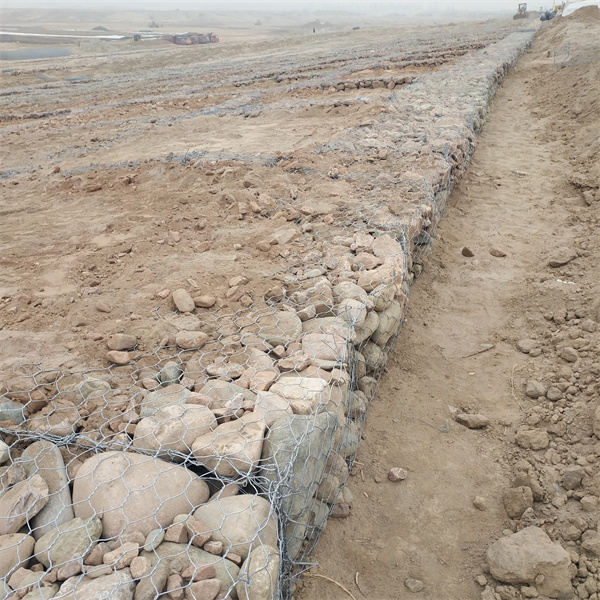Авг . 17, 2024 11:14 Back to list
Factory Solutions for Gabion Walls on Sloped Terrain Construction and Design
Gabion Walls on Slopes A Sustainable Solution
Gabion walls are becoming increasingly popular as a sustainable and effective solution for managing soil erosion, especially on sloped terrains. These structures, typically made from wire mesh cages filled with stones, gravel, or other materials, provide not just stability and support but also blend harmoniously with the natural environment.
The Importance of Gabion Walls
In many regions, slopes are prone to erosion due to heavy rainfall, poor vegetation, or human activities. The loss of soil can lead to significant problems, including decreased land usability and increased risk of landslides. Gabion walls serve as a barrier against erosion while allowing water to flow through, preventing the buildup of hydrostatic pressure behind the wall. This permeability helps mitigate flood risks, making gabion walls a suitable choice for various terrains.
Design and Construction
The construction of gabion walls on sloped areas involves careful planning and engineering to ensure stability and effectiveness. The first step is determining the right location and assessing the slope's characteristics. Engineers must consider factors like soil type, slope angle, and expected water runoff.
Once the site is assessed, the gabion cages are usually made from galvanized steel wire, chosen for its durability and resistance to corrosion. These cages can be manufactured in various sizes to suit specific project requirements. After the cages are placed, they are filled with locally sourced rocks or boulders, which reduces transportation costs and minimizes the environmental footprint.
gabion wall on a slope factories

Advantages of Gabion Walls
One of the most significant advantages of gabion walls is their ecological appeal. Unlike traditional concrete walls, which can disrupt natural habitats, gabions allow vegetation to grow and soil to absorb water, promoting biodiversity. Over time, the exposed rocks in the gabion can become covered in moss and other plant life, further enhancing the natural landscape.
Moreover, gabion walls are relatively cost-effective. The materials used are often inexpensive, and the simplicity of their design means they can be constructed quickly, reducing labor costs. The flexibility of gabion walls also means that they can be adapted to various landscape conditions and requirements.
Maintenance and Longevity
Gabion walls typically require minimal maintenance once constructed. However, it is essential to periodically check for any signs of displacement or erosion around the structure, particularly after heavy rainfall. The materials used in gabion construction, particularly galvanized wire, ensure longevity and resistance to environmental factors.
Conclusion
Gabion walls on slopes represent a sustainable, cost-effective, and environmentally friendly solution for soil erosion and slope stabilization. Their unique design allows for both functional and aesthetic benefits, integrating smoothly into natural landscapes while providing essential support against erosion and landslides. As we continue to explore innovative solutions to environmental challenges, gabion walls stand out as a practical choice for engineers, architects, and environmentalists aiming for a sustainable future. By embracing such natural solutions, we not only protect our landscapes but also promote a harmonious coexistence with nature.
-
Why PVC Coated Gabion Mattress Is the Best Solution for Long-Term Erosion Control
NewsMay.23,2025
-
Gabion Wire Mesh: The Reinforced Solution for Modern Construction and Landscape Design
NewsMay.23,2025
-
Gabion Wall: The Flexible, Seismic-Resistant Solution for Modern Landscaping and Construction
NewsMay.23,2025
-
Gabion Wall Solutions: The Durable, Decorative, and Affordable Choice for Every Landscape
NewsMay.23,2025
-
Gabion Basket: The Durable and Flexible Alternative to Traditional Retaining Walls
NewsMay.23,2025
-
Gabion Basket: The Proven Solution for Slope Stability and Flood Control
NewsMay.23,2025
-
Versatility of Chain Link Fence Gabion
NewsMay.13,2025






